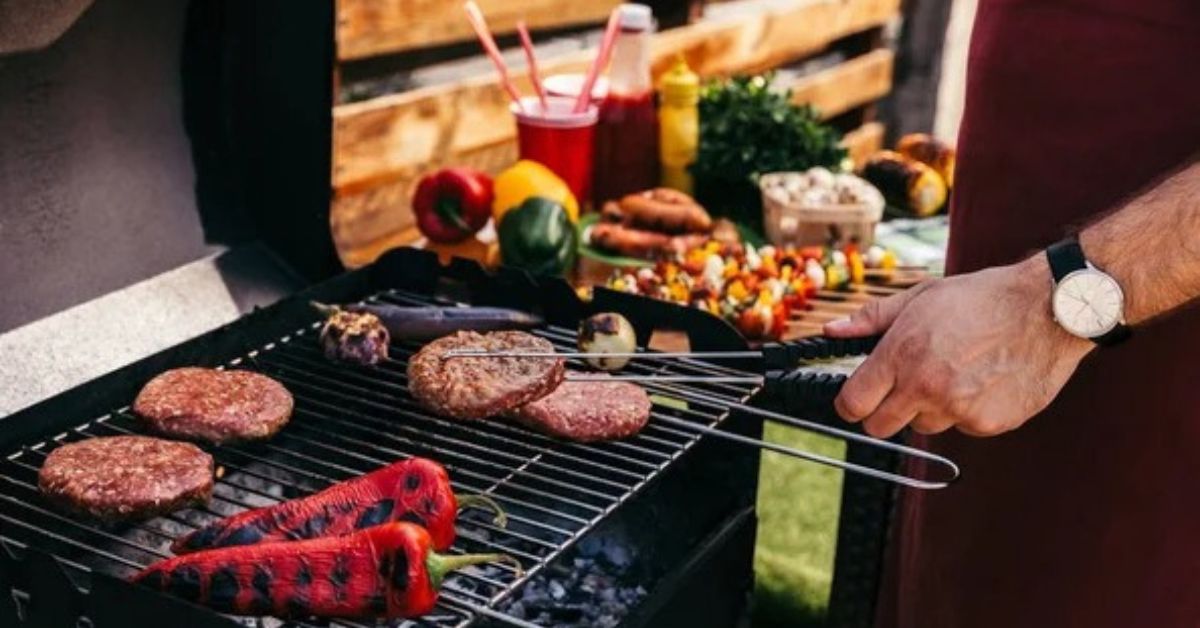Grilling is more than just a cooking method; it’s a beloved tradition, a backyard ritual, and a culinary experience that brings people together. However, even the most seasoned home cooks can fall into bad habits or overlook key steps, resulting in dry meat, uneven cooking, or a disappointing flavor. Achieving the perfect barbecue doesn’t require expensive equipment or exotic ingredients; it demands attention to technique and a few tried-and-true practices. This article breaks down the ten most common grilling mistakes that could be ruining your BBQ results, and offers straightforward solutions to help you grill like a pro.
RELATED: 25 Expert Grilling Tips Every Backyard Chef Should Know
Top 10 Grilling Mistakes and How to Avoid Them for Perfect BBQ
Learn how to improve your grilling technique, maximize flavor, and ensure food safety with these essential tips.
- Not Preheating the Grill Properly
Skipping the preheat is one of the most overlooked grilling errors. A cold grill leads to uneven cooking and can cause food to stick. When your grill isn’t hot enough, proteins don’t sear properly, robbing your meat of the savory crust and grill marks everyone loves.
How to Avoid It: Always preheat your grill for at least 10–15 minutes before cooking. Gas grills should be set to high heat with the lid closed; charcoal grills need to burn until the coals are ashed over and glowing red. A properly heated grill ensures consistent cooking and helps prevent sticking.
- Using the Wrong Heat Zones
Grilling with only one temperature setting can lead to burnt exteriors and raw centers. Not all foods cook well over high heat.
How to Avoid It: Create two-zone grilling areas: one side with direct high heat, the other with indirect lower heat. This allows you to sear meat and then finish cooking slowly without burning. Use indirect heat for larger cuts like ribs or chicken legs, and reserve direct heat for quick-cooking items like burgers or hot dogs.
RELATED: Top 10 Mistakes to Avoid When Freezing Food at Home
- Constantly Flipping or Moving Food
Frequent flipping disrupts the cooking process and prevents proper browning. Food needs time to sear and develop flavor.
How to Avoid It: Let food cook undisturbed for several minutes before turning. Flip only once when a natural release occurs—this means the meat won’t stick to the grates. A good rule of thumb for burgers and steaks is to flip only once halfway through the cook time.
- Pressing Down on Meat with a Spatula
Smashing burgers or steaks with a spatula may seem satisfying, but it forces flavorful juices out of the meat, resulting in dryness and lackluster flavor.
How to Avoid It: Resist the urge to press down on your meat. Instead, let it cook at the proper temperature and timing to retain its natural juices and tenderness. Juicy grilled meats come from gentle handling and controlled heat.
- Not Cleaning the Grill Grates
Old residue and carbon buildup on grates can cause flare-ups, unpleasant flavors, and sticking issues.
How to Avoid It: Clean your grill grates with a brush before and after each use. Preheat the grill and scrub it with a grill brush or a ball of aluminum foil held with tongs. Clean grates help produce better grill marks and reduce the risk of off-tasting food.
RELATED: 15 Common Cooking Mistakes and How to Avoid Them
- Applying Sauce Too Early
Barbecue sauces, especially those with sugar, burn quickly over high heat. Brushing sauce on too early results in a charred exterior and undercooked meat.
How to Avoid It: Wait until the last few minutes of cooking before applying sauces. Brush them on during the final 5–10 minutes, allowing the sauce to caramelize without burning. This enhances flavor and keeps the meat juicy.
- Ignoring Rest Time After Grilling
Slicing meat immediately after grilling causes juices to spill out onto the cutting board instead of staying inside the meat.
How to Avoid It: Allow grilled meat to rest for 5–10 minutes before cutting. Tent it loosely with foil to retain warmth. Resting allows the juices to redistribute evenly, leading to more tender and flavorful results.
- Using Lighter Fluid or Instant Light Charcoal
Chemicals from lighter fluid or quick-start briquettes can impart an unpleasant taste to your food and present health risks.
How to Avoid It: Use a chimney starter with newspaper or natural fire starters to light your charcoal. This method is safer, cleaner, and avoids chemical contamination. If you’re using a gas grill, make sure the burners are clean and functioning properly.
- Overcrowding the Grill
Packing the grill with too much food at once reduces airflow and causes uneven cooking. It can also lower the grill temperature and cause steaming instead of searing.
How to Avoid It: Give each item ample space on the grill. This ensures consistent heat distribution and allows for easier flipping. Grill in batches if necessary, especially for larger gatherings.
- Not Using a Meat Thermometer
Guessing doneness based on appearance or timing often leads to undercooked or overdone food.
How to Avoid It: Invest in a reliable digital meat thermometer. Check internal temperatures for safety and quality: 165°F for poultry, 145°F for pork, and 130–135°F for medium-rare beef. Precision leads to consistently great results.
Bonus Tips for Flawless BBQ Grilling
- Use fresh, high-quality cuts of meat for better texture and flavor.
- Marinate in advance to infuse flavor and tenderize tough cuts.
- Don’t forget to oil the grates before grilling to prevent sticking.
- Keep a spray bottle of water nearby for managing flare-ups.
- Let your grill cool down safely and clean it after every session.
Essential BBQ Tools Every Home Chef Needs
Mastering the grill is easier when you have the right tools. These essential items ensure safety, efficiency, and restaurant-quality results right in your backyard:
- Digital Meat Thermometer: Guarantees perfect doneness and food safety.
- Grill Brush or Scraper: Keeps grates clean to reduce flare-ups and enhance flavor.
- Long-Handled Tongs and Spatula: Allows you to flip and move food safely without burning yourself.
- Chimney Starter: A must-have for lighting charcoal evenly without the use of chemicals.
- Heat-Resistant Gloves: Protect your hands from high temperatures while handling hot grates or tools.
- Basting Brush: Ideal for applying marinades or sauces without making a mess.
- Grill Basket: Perfect for cooking vegetables or small items that might fall through the grates.
- Instant-Read Thermometer: Offers quick checks during cooking for added precision.
Conclusion
Grilling can be one of the most rewarding ways to prepare meals, but small mistakes can easily sabotage your efforts. By understanding these common errors and following proven techniques to avoid them, you can elevate your BBQ from average to outstanding. Having these tools on hand not only improves your efficiency but also elevates the final result of every BBQ session. With patience, preparation, and the right tools, every backyard chef can master the grill and impress guests with perfectly cooked, flavorful dishes. Avoiding these top grilling mistakes not only improves your cooking results but also ensures safer, healthier, and more enjoyable meals for everyone gathered around your table.









